What Happens If You Disconnect Throttle Position Sensor
The throttle position sensor (TPS) holds significance within a vehicle's engine management system, overseeing the position of the throttle valve that governs the engine's air intake. The details conveyed by the TPS become instrumental for the Engine Control Module (ECM) or Engine Control Unit (ECU) in determining optimal air-fuel mixtures, ignition timing, and various other engine parameters.
In the contemporary automobile landscape, an array of valuable tools and sensors contribute to vehicle functionality, with the throttle position sensor standing among them. Should you detect any irregularities in your engine's performance while driving, the culprit might be linked to the throttle position sensor or perhaps an accidental disconnection.
The throttle position sensor wields a pivotal role in shaping the overall performance of your vehicle; disrupting its connection can lead to alterations in your vehicle's behavior, causing it to behave differently.
Potential behavior shifts encompass challenges initiating the vehicle, erratic engine operation, unexpected stalling, the illumination of the check engine light, and even issues with fluctuating engine power. If you're unfamiliar with it, this article will acquaint you with the concept of the throttle position sensor. Additionally, it will guide you through potential causes or consequences that may arise from disconnecting the throttle position sensor.

What Is a Throttle Position Sensor?
A throttle position sensor (TPS) is a crucial component for monitoring the air intake of an engine. Typically positioned on the butterfly spindle or shaft, this sensor directly observes the throttle's position. Its primary function is gauging the extent to which the throttle valve is open, thereby regulating the quantity of air entering the engine's intake manifold.
Mounted onto the throttle body, the throttle position sensor captures the movements associated with the throttle valve's opening and closing. These movements are then relayed to an engine control module. Alongside additional metrics like temperature, engine RPM, and mass airflow (MAF), this information aids the engine control module in determining the precise amount of fuel to inject into the engine and the optimal spark timing.
Numerous Throttle Position Sensors employ non-contacting technologies such as Hall Effect, magnetostrictive, or inductive methods.

How Does Throttle Position Sensor Work?
The throttle position sensor operates by gauging the angle of the throttle valve, linked to the accelerator pedal. As you engage the accelerator pedal, the throttle valve opens, permitting increased airflow into the engine.
Sending a signal to the ECU, the TPS communicates the throttle valve angle, enabling the ECU to fine-tune the fuel delivery to the engine.
The TPS assumes a vital role in the engine control system by aiding the ECU in sustaining the accurate air/fuel blend. This proves pivotal for the engine's overall performance, fuel economy, and emissions regulation. Leveraging the TPS signal, the ECU adjusts the fuel injectors, ignition timing, and idle speed control.
Why Should You Connect Throttle Position Sensor
Establishing and upkeeping the Throttle Position Sensor is essential for achieving peak performance, fuel economy, and emission management in your vehicle.
This practice ensures a seamless driving encounter and safeguards against possible engine harm.
Lacking a throttle position sensor, the engine control module would lack the means to oversee fuel requirements and execute ignition timing accurately, leading to potential engine surges or stalls. This situation poses significant hazards for the driver and other users on the road or track.
What Happens If You Disconnect Throttle Position Sensor
1. Suboptimal Engine Performance
When the TPS is detached, accurate information about the throttle valve position doesn't reach the ECM/ECU. Consequently, the engine may exhibit subpar performance, with symptoms such as stalling, hesitation, rough idling, or surging.
2. Power Reduction
Without a TPS signal, the ECM/ECU may default to a conservative or "limp-home" mode to safeguard the engine. This mode restricts the engine's power output, resulting in sluggish acceleration and an overall decrease in performance.
3. Reduced Fuel Efficiency
The lack of precise throttle position data hampers the ECM/ECU's ability to optimize the air-fuel mixture, leading to diminished fuel efficiency and potentially increased emissions.
4. Check Engine Light (CEL)
Disconnecting the TPS will likely illuminate the Check Engine Light, signaling a problem with the engine management system.
5. Diagnostic Trouble Codes (DTCs)
The ECM/ECU will store diagnostic trouble codes related to the TPS circuit, which can be retrieved with an OBD-II scanner.
6. Fluctuating Engine Power
Disconnection of the throttle position sensor can cause unpredictable engine power fluctuations. For instance, pressing the accelerator lightly might result in unexpected acceleration, while aggressive acceleration may yield minimal speed or acceleration response. This situation triggers the "limp-home" mode as a protective measure for the engine.
7. Intermittent Engine Stalling
A detached throttle position sensor may lead to occasional or irregular vehicle stalling. Without the TPS input, achieving the correct air-fuel combination becomes challenging, impacting engine efficiency and potentially causing intermittent stalling or difficulty restarting the vehicle.
8. ETC Warning Light Malfunction
TPS disconnection may lead to malfunctioning the Electronic Throttle Control (ETC) warning light, a critical indicator of potential throttle system issues. An inoperative TPS compromises this warning system, posing a risk to safe vehicle operation.
9. Activation of Safe Mode
Modern engines incorporate protective features like a "safe mode" triggered by abnormal sensor data. If the TPS is disconnected, the ECU may engage this conservative mode, significantly reducing engine performance and speed.
10. Impaired Engine Startup
Commencing the vehicle without a functional TPS can pose a challenge, as the ECU lacks crucial information to regulate fuel injection and ignition timing for a smooth startup.
11. Excessive Air Intake
A disconnected TPS may result in excessive air intake, causing the engine to run lean. Running lean, with an air-rich but fuel-deficient mixture, can harm the engine over time.
12. Excessive Fuel Intake
Conversely, the engine may compensate for a disconnected TPS by consuming excess fuel, producing a rich mixture. This imbalance can waste fuel, increase emissions, and potentially damage the catalytic converter.
13. Activation of Limp-Home Mode
The absence of a functioning TPS could prompt the ECU to activate the limp-home mode, significantly limiting the vehicle's speed to facilitate reaching a service station without exacerbating engine damage.
Symptoms of a Failed Sensor
Numerous indicators may suggest a malfunctioning throttle position sensor. While these signs may overlap with other engine issues, being vigilant about potential symptoms associated with a faulty TPS or throttle position sensor is crucial.
The most prevalent signal is the activation of your check engine light. Although this warning is ambiguous and could indicate various problems, it is likely to illuminate if there is any trouble with your throttle position sensor.
Additionally, any unusual alterations in your acceleration pattern may be attributed to this sensor. When engaging in regular driving, be attentive to the following throttle position sensor manifestations:
- Hesitations during acceleration
- Diminished power
- Challenges and delays in gear shifting
- Unanticipated surges while accelerating
Any of these indicators could suggest improper functionality of your throttle position sensor. An imbalance in airflow, whether excessive or insufficient, may not only lead to suboptimal acceleration but could also be associated with other engine malfunctions. If you observe a significant drop in fuel efficiency, it might be due to an imprecise fuel and air mixture.
Likewise, an inefficiently idling engine could result from a damaged throttle position sensor. Stalling, surging, or hesitating while idling are potential outcomes related to this inconspicuous sensor.
To ascertain whether these problems stem from your throttle position sensor, it is advisable to investigate the source. Employing a multimeter can reveal any electrical connection issues with the sensor. Examine the engine control module for the trouble code triggering your illuminated check engine light to determine if it correlates with the throttle position sensor. These diagnostic steps can guide you in deciding whether repair, replacement, or reprogramming of the sensor is necessary.
How to Fix Throttle Position Sensor
Addressing the issue becomes imperative after identifying the symptoms of a malfunctioning throttle position sensor. While opting for a complete sensor replacement may serve as a preventive measure against future problems, certain issues can be effectively remedied through reprogramming or repairing the sensor.
Reprogramming or resetting the sensor proves beneficial in resolving some issues, and it is particularly relevant when installing a new sensor. A straightforward method to reset the throttle position sensor involves disconnecting the negative cable from the battery for about five minutes or removing the fuse linked to the engine control module. However, caution is advised, especially for those uncomfortable with electrical work, as mishandling the fuse or cable may pose risks. A simple reset often suffices to restore the sensor's functionality. Code errors can cause erratic behavior, and if the reset doesn't resolve the issue, professional software may be necessary for reprogramming—an undertaking best left to a skilled mechanic.
Note: To reset your throttle position sensor, you can simply disconnect the negative cable from your battery for up to five minutes or remove the fuse for your engine control module.
When the sensor requires repairs, the root cause could be faulty or loose wiring. Like other electrical components, the throttle position sensor is susceptible to corrosion and connection issues once it is confirmed that the problem lies with the sensor and not a programming fault, a thorough examination of the wiring and connection points is advised before considering a replacement.
Lastly, there are cases where the sensor is irreparably damaged. In such situations, replacement becomes essential to restore the full functionality of your vehicle.
Pinpointing the culprit when grappling with engine issues can be challenging, given the intricate interplay of various components, including the throttle body system. Suppose concerns around the throttle body or acceleration and idling problems persist. In that case, a review of the symptoms associated with the throttle body can help ascertain whether a new throttle position sensor is required. The subsequent steps involve determining the appropriate course of action—whether it entails repairing, replacing, or reprogramming the sensor.

Can A Car Function Without A Throttle Position Sensor?
Truthfully, even when a vehicle operates smoothly, with all its significant components functioning flawlessly, how it operates, specifically its behavior, may undergo alterations without the throttle position sensor.
A notable shift you might observe in your automobile is that it could exhibit peculiar behavior, such as spontaneously coming to a halt even when no explicit action is taken.
Consequently, if you suspect that your throttle position sensor is malfunctioning or not operating as intended, it is advisable to re-establish the connection or replace it. This ensures your journey's safety and your vehicle's optimal performance.
How to Unplug Throttle Position Sensor?
The procedure for disconnecting a throttle position sensor from your vehicle is straightforward. Here are the steps to follow for accomplishing this task with ease.
Commence by turning off your vehicle. To do this, turn the key in the ignition to the off position. If you have an automatic car, press the button or shift it to the off position.
Once the engine is turned off, allow it to cool down before locating the throttle on your car. On the throttle, you will observe an electrical wire linking it to the throttle position sensor.
Your next step is to release the locking mechanism, alleviate the pressure on the sensor, and then withdraw it. After completing this, disconnect the electrical wire linking the two components. With the wires removed, you can unplug the sensor and replace it with a new one.
Always consult your vehicle's instruction manual for specific guidelines, as the procedure may vary based on the model and make of your vehicle.

Note: If you have never personally disconnected the throttle position sensor of your vehicle before, a YouTube video can assist in executing the task smoothly.
What Is The Cost To Replace Throttle Position Sensor?
The price range for the throttle position sensor varies between $10 and $600, contingent on the make and model of your vehicle. This sensor is available as an individual component and as part of your car's throttle sensor kit.
An additional factor to be mindful of regarding the cost of the throttle position sensor is the specific model and the manufacturing year of your vehicle.
How to Replace Your Throttle Position Sensor
1. Removing the Sensor
To replace your sensor, adhere to these steps. Begin by locating the sensor, typically mounted on your throttle body atop the engine.
Before sensor removal, disconnect the negative battery cable to mitigate the risk of electrical shock or triggering an error code in the engine control module. The throttle position sensor usually attaches via electrical connectors and is easily detached using the side tab.
After removing the electrical connectors:
- Identify the mounting screws securing the sensor.
- Carefully unscrew and detach the throttle position sensor.
- Before purchasing a replacement, consult your owner's manual and compare specifications with your current sensor.
- For a quality replacement, visit a local auto parts store and choose a reputable brand or an exact OEM match.
2. Installing a New Throttle Position Sensor
Install the new sensor by retracing the steps taken during removal. Commence with securing the sensor in place using the mounting screws. Subsequently, connect the sensor and your vehicle's electrical system via a convenient electrical connector. It should easily come together with a distinct click. Verify a secure connection.
Reconnect the battery and prepare to review your work. Start the car and assess both idle and acceleration. Depending on your vehicle and the sensor model, manual sensor adjustment may be necessary. Alternatively, certain options adjust automatically to provide your car with optimal air and fuel levels for a seamless idle and robust acceleration.
Refer to the following video for more information about What to do after replacing throttle position sensor:
Conclusion
In summary, disconnecting the throttle position sensor can lead to various issues, ranging from diminished engine performance to potential harm to the engine.
The absence of this crucial data significantly disrupts the engine's operational equilibrium. Hence, it is imperative to verify that the throttle position sensor in your vehicle is properly connected and in optimal working condition. This precautionary measure preserves your vehicle's performance and ensures your safety.
Read More
FAQ
-
Will disconnecting battery reset throttle position sensor?
Troubleshooting these issues can often be addressed by reprogramming or resetting your sensor. This action may also be required when integrating a new sensor. The most straightforward method to reset your throttle position sensor involves disconnecting the negative cable from your battery for a duration of up to five minutes or removing the fuse for your engine control module.
-
What is the function of a Throttle Position Sensor?
The Throttle Position Sensor holds crucial significance within a vehicle's engine management system, overseeing the position of the throttle valve that regulates the air intake into the engine. The data conveyed by the TPS proves vital for the Engine Control Module (ECM) or Engine Control Unit (ECU), enabling the determination of the appropriate air-fuel mixture, ignition timing, and other engine parameters to achieve optimal performance and fuel efficiency.
-
What are the symptoms of a faulty throttle position sensor?
▪ Unexpected jolting and erratic movements in the vehicle ▪ Abrupt and unpredictable changes in idle speed ▪ Unexpected halting of the engine without apparent cause ▪ Delays or hesitations during acceleration ▪ Unexpected bursts of speed while driving on the highway ▪ Occasional, unexplained flashes of the check engine light ▪ Challenges encountered when changing gears ▪ Significant reduction in fuel efficiency
-
How do you test a throttle position sensor?
To examine a switch and combination-type throttle position sensor, employ a standard ohm meter, and for a throttle position sensor utilizing a potentiometer, utilize a volt meter. Assess the resistance at different accelerator pedal positions, document the readings, and cross-reference them with acceptable values outlined in reputable car repair manuals like Chilton or Haynes. This comparison aids in deciding whether replacement of the sensor is necessary.
-
Can I drive with a bad throttle position sensor?
Operating a vehicle with a faulty TPS is not advisable, as it may result in subpar engine performance, diminished fuel efficiency, and the risk of potential harm to the engine or other components. It is recommended to promptly seek the expertise of a professional mechanic for diagnosis and necessary repairs if any issues with the vehicle's TPS are suspected.
-
Do you have to reset the computer after replacing the throttle position sensor?
In numerous instances, resetting the vehicle's computer after replacing the throttle position sensor is advisable. This action facilitates the car's computer in assimilating and adapting to the new sensor's parameters, ensuring optimal operation.
-
Can I clean or repair a throttle position sensor?
Occasionally, addressing minor issues arising from dirt or debris by cleaning the TPS might be effective. Yet, if the TPS is damaged or exhibits wear, cleaning proves ineffective, and replacement becomes imperative. Generally, it is not advisable to repair a TPS, given their reasonable cost, making replacement the preferred choice for ensuring precise and dependable performance.
-
Can a throttle position sensor affect transmission shifting?
Certainly, an impaired TPS can impact the shifting of the transmission. The ECM/ECU relies on TPS data to establish suitable shift points for the transmission. If the TPS furnishes inaccurate information, it can lead to erratic shifting, hesitation, or other transmission-related issues.

 Dr. Benjamin Foster
Dr. Benjamin Foster
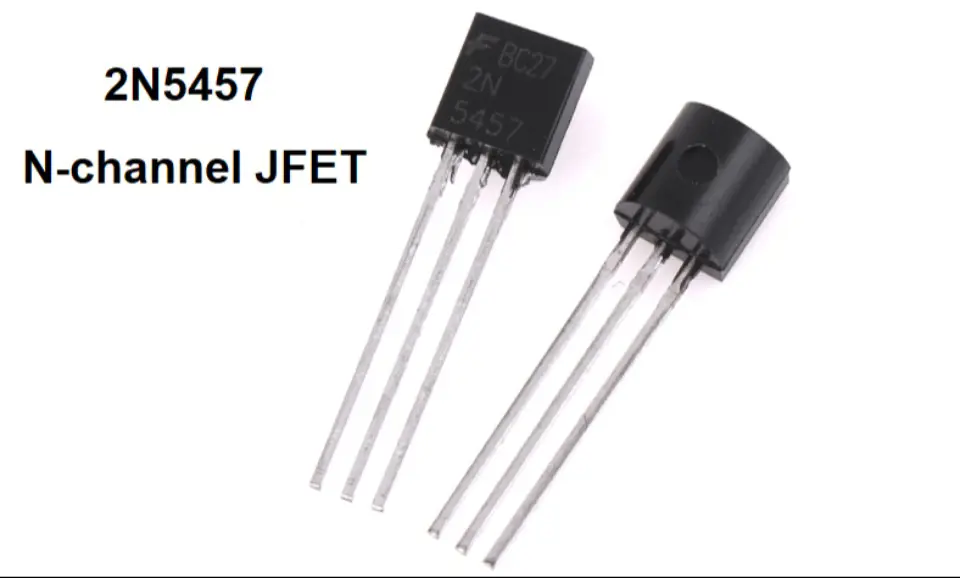
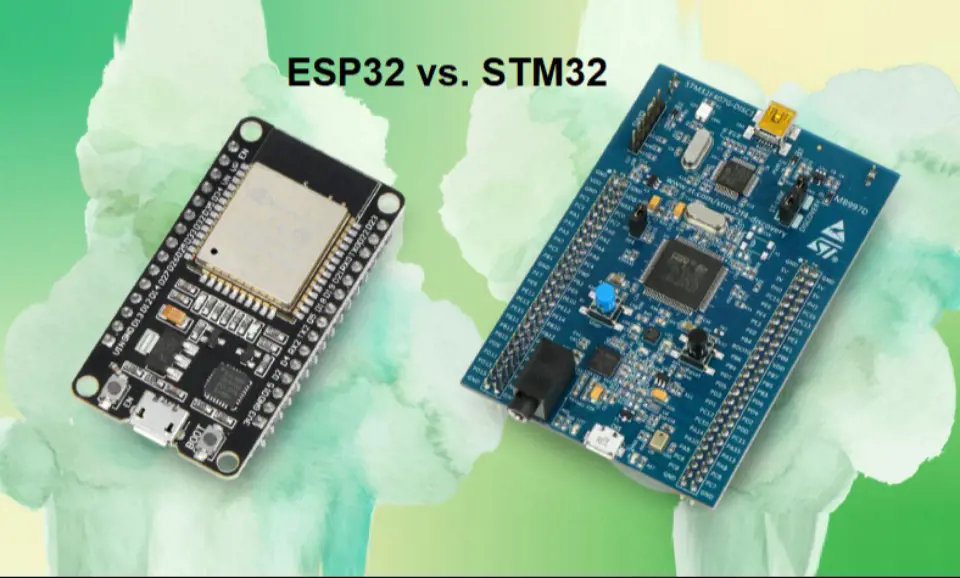
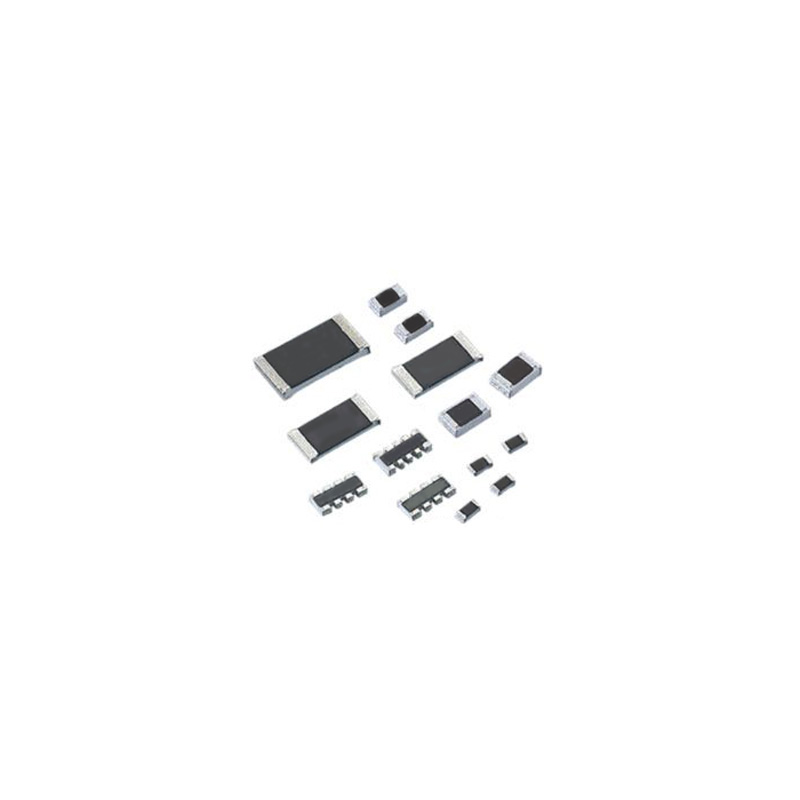

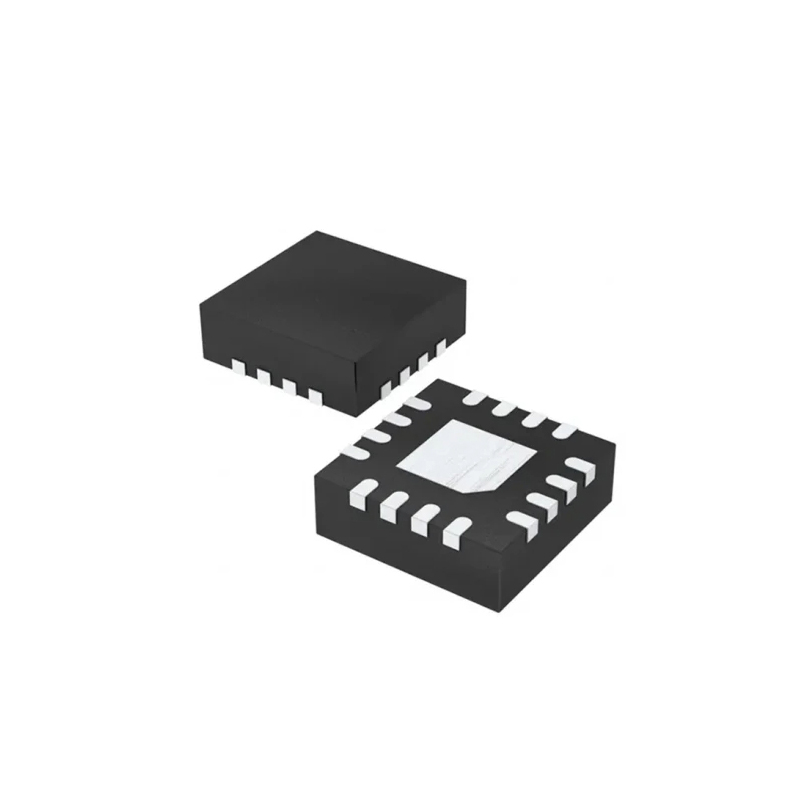
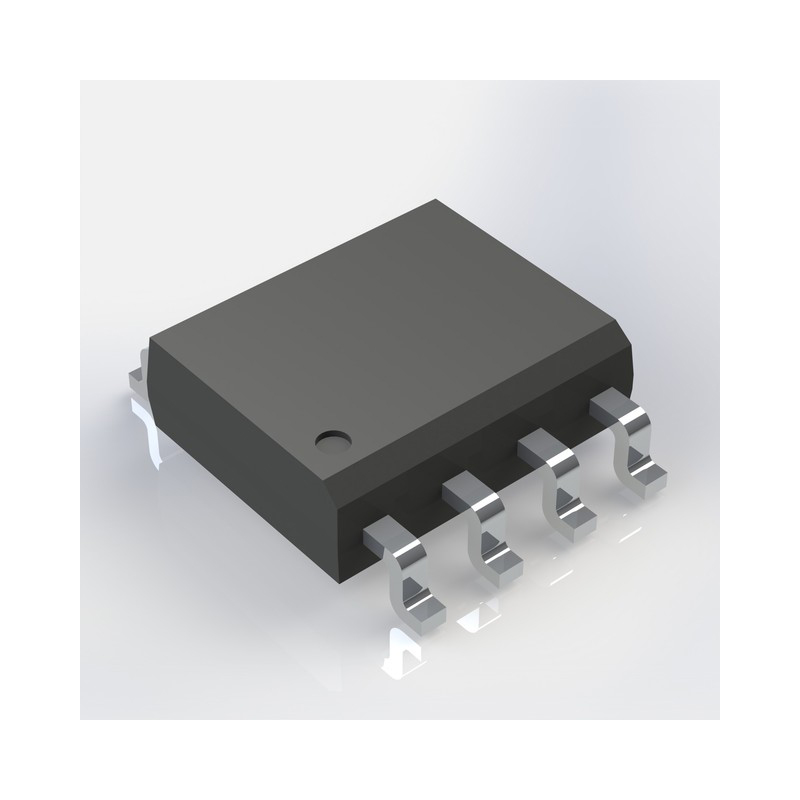



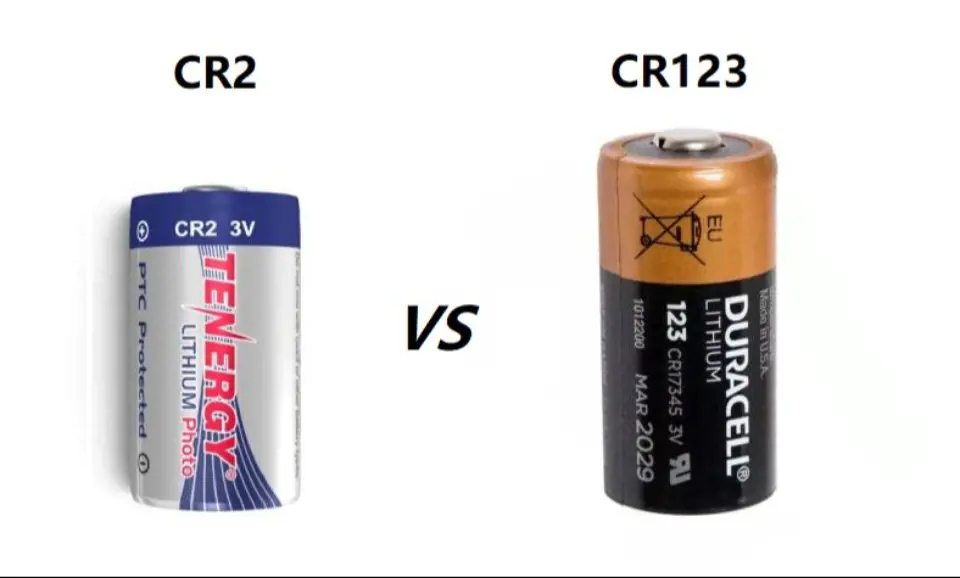
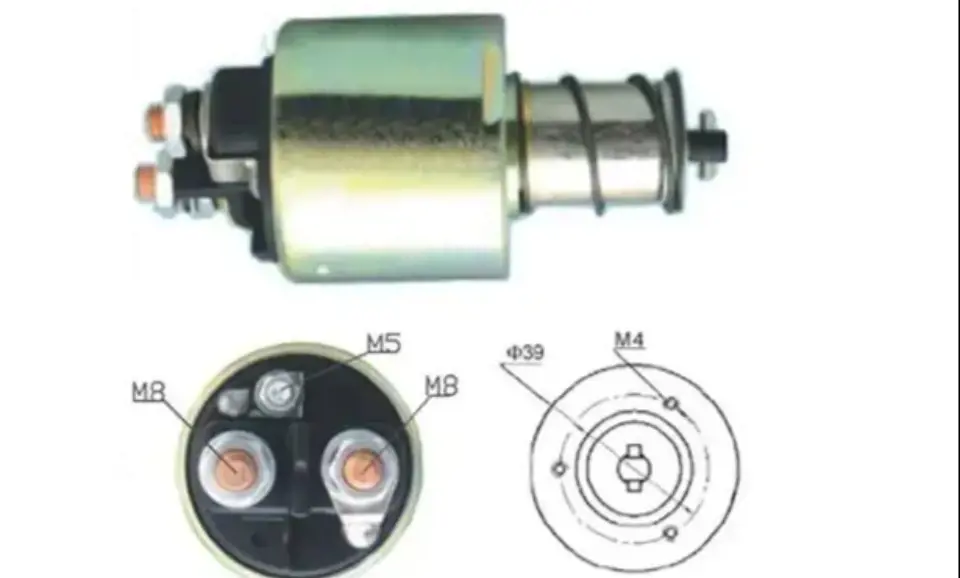
Still, need help? Contact Us: [email protected]